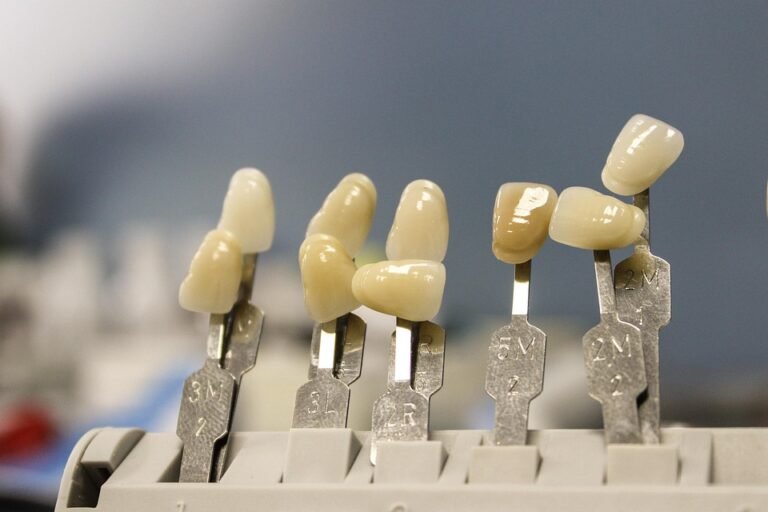How important is noise control in a waiting room
Okay, so I’m redecorating my office waiting room. We’re a dentist’s office, specifically, and I’m trying to figure out the best way to make it a more pleasant experience for our patients. I keep getting caught up on noise, though. It’s not just about how loud it is, but also the kind of noise. There’s the sound of the TV (usually set to news), the receptionist talking on the phone, sometimes kids crying or being noisy, and just general chatter. Then you have the drill and other equipment noises that leak through the walls from the treatment rooms.
So, really, how important is it to try and actively control the noise level and the type of noise in the waiting room? I’m wondering if I should invest in things like sound-dampening materials, noise-canceling headphones for patients, or even a white noise machine. Is it worth the expense and effort, or am I overthinking it? Does excessive noise noticeably affect patient anxiety, satisfaction, or even their perception of the quality of our dental care? What are some specific things I could do to improve the noise environment? I’m looking for practical advice here.
Answer
Noise control in a waiting room is critically important for a multitude of reasons, impacting patient well-being, staff performance, and overall operational efficiency. Here’s a detailed breakdown of its significance:
Impact on Patient Well-being:
- Reduced Anxiety and Stress: Waiting rooms, especially in medical or dental settings, are often sources of anxiety. Uncontrolled noise amplifies this anxiety. A quiet and calm environment helps patients relax and feel more at ease, reducing their stress levels before consultations or procedures. Excessive noise can trigger the release of stress hormones like cortisol, which can negatively impact health.
- Improved Concentration: Waiting rooms are sometimes used for tasks such as reading forms or reviewing informational brochures. Noise distractions make it difficult for patients to focus, potentially leading to errors or misunderstandings. A quieter environment facilitates better comprehension and engagement with important information.
- Enhanced Privacy and Confidentiality: In medical waiting rooms, concerns about privacy are paramount. Uncontrolled noise can make it easier for conversations to be overheard, compromising patient confidentiality. Effective noise control measures help to protect sensitive information and ensure patients feel their privacy is respected.
- Better Sleep Quality (in certain settings): In settings like sleep clinics or hospitals with extended waiting times, providing a quiet environment is essential for those waiting to rest or sleep. Noise can disrupt sleep patterns, leading to fatigue and decreased overall well-being.
- Reduced Sensory Overload: For individuals with sensory sensitivities, such as those with autism or certain neurological conditions, waiting rooms can be overwhelming. High levels of noise contribute to sensory overload, leading to discomfort, anxiety, and even meltdowns. Noise control creates a more inclusive and accessible environment for these individuals.
Impact on Staff Performance:
- Improved Communication: Noise can interfere with communication between staff members and between staff and patients. This can lead to misunderstandings, errors in instructions, and decreased efficiency. Reducing noise levels allows for clearer communication, minimizing the risk of mistakes and improving coordination.
- Reduced Stress and Burnout: Constant exposure to high levels of noise can be stressful for staff members, leading to fatigue, irritability, and burnout. A quieter work environment promotes a more relaxed and focused atmosphere, improving staff morale and productivity.
- Enhanced Concentration and Focus: Similar to patients, staff members need to concentrate to perform their duties effectively. Noise distractions can disrupt their focus, leading to errors in data entry, scheduling, or other tasks. A quieter environment allows them to stay on task and provide better service.
- Reduced Absenteeism: By reducing stress and improving overall well-being, effective noise control can contribute to lower rates of absenteeism among staff.
Impact on Operational Efficiency:
- Improved Patient Satisfaction: A comfortable and calming waiting room experience contributes to overall patient satisfaction. Patients who feel their needs are being met are more likely to have a positive perception of the facility and its services.
- Reduced Complaints: Noise is a common source of complaints in waiting rooms. By implementing noise control measures, facilities can reduce the number of complaints and improve their reputation.
- Enhanced Image: A well-designed and comfortable waiting room, including effective noise control, creates a positive impression of the facility and its commitment to patient care. This can enhance the facility’s image and attract new patients.
- Compliance with Regulations: In some industries, such as healthcare, there may be regulations or guidelines regarding noise levels in waiting rooms and other patient areas. Adhering to these regulations is essential for compliance and accreditation.
- Better Speech Privacy: In many waiting rooms, private conversations are necessary, particularly in healthcare settings. Noise control can ensure greater speech privacy and adherence to HIPAA regulations.
Specific Noise Control Strategies:
Effective noise control in a waiting room involves a combination of strategies:
- Acoustic Design: This includes incorporating sound-absorbing materials such as acoustic panels, ceiling tiles, and carpeting. These materials help to reduce reverberation and absorb sound waves, creating a quieter environment. Layout and room shape can also affect acoustics.
- Sound Masking: Sound masking systems introduce ambient background noise that covers up distracting sounds. This can be particularly effective in masking speech, protecting patient privacy.
- White Noise: While related to sound masking, white noise is a specific type of sound that contains all frequencies at equal intensity. It can be used to create a more soothing and consistent background sound.
- Physical Barriers: Strategically placed partitions, screens, or plants can help to block sound transmission and create quieter zones within the waiting room.
- Noise Reduction Curtains/Drapes: Heavy curtains or drapes can absorb sound and reduce noise from outside sources.
- Furniture Selection: Using furniture with soft surfaces, such as upholstered chairs and couches, can help to absorb sound and reduce noise levels.
- Equipment Placement: Strategically placing noisy equipment, such as printers or fax machines, away from patient seating areas can minimize distractions.
- Staff Training: Training staff to speak quietly and be mindful of noise levels can also help to create a more peaceful environment.
- Waiting Room Etiquette Policies: Establishing clear guidelines for acceptable noise levels and behavior in the waiting room can help to maintain a calm and respectful environment. This could include policies regarding cell phone use or conversations.
In conclusion, noise control is a critical element in creating a comfortable, welcoming, and efficient waiting room environment. It directly impacts patient well-being, staff performance, and the overall operational success of the facility. Investing in effective noise control measures is essential for providing a positive and stress-free experience for all.



